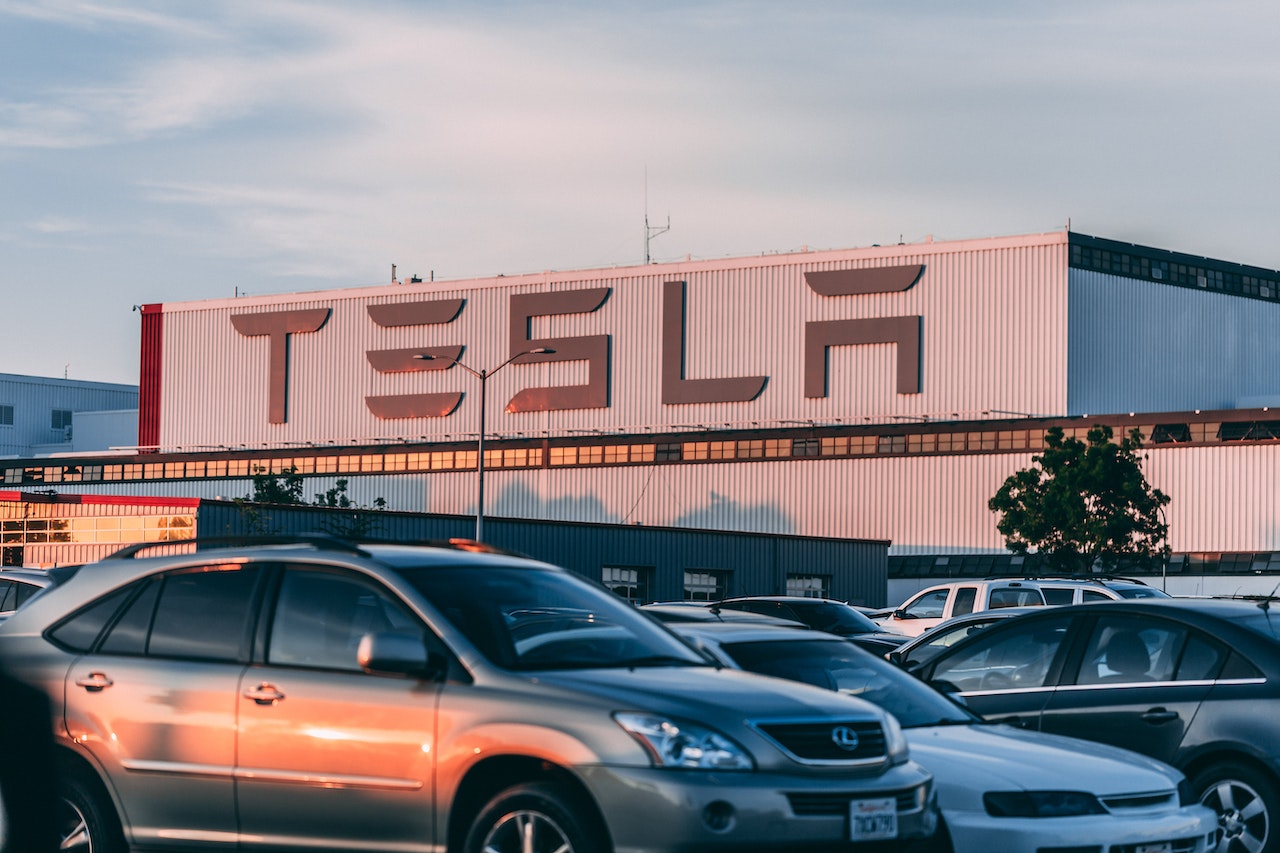Singapore Green Jet Fuel Levy on Travellers Ignites Funding Debate
Tesla’s Long Game Stirs Investor Concerns

Tesla Inc.’s recent earnings call has left Wall Street investors spooked, as the company remains committed to its long-term vision but fails to address near-term margin concerns. Despite reporting a robust full-year delivery forecast, Tesla’s focus on autonomy and potential price cuts has cast doubts on its margins. Analysts have noted that the company did not express a concrete intention to defend short-term margin thresholds, leading to a bearish outlook among investors and impacting the stock’s performance.
Piper Sandler analyst Alexander Potter expressed concerns over Tesla’s openness to future price cuts, leading to uncertainty regarding profit margins. While he remains optimistic about Tesla’s long-term prospects, he points out that investors are closely monitoring the potential bottoming out of margins. Despite this unease, Potter retains an overweight stance on Tesla and raises his price target to $300 from $280, as he believes in the company’s confidence in its full self-driving (FSD) software and AI products dominating the market eventually.
Goldman Sachs analyst Mark Delaney also raises caution about the margin outlook for Tesla’s stock, suggesting it could be a hindrance. Delaney anticipates modest improvements in margins thanks to cost-cutting efforts, but he remains watchful of Tesla’s AI advancements and its potential impact on the company’s future. Though optimistic about Tesla’s position in the AI sector, Delaney acknowledges the complexity of the issue and the time it may take for eyes-off FSD release.
Tesla’s decision to maintain its delivery forecast of 1.8 million units for 2023, despite potential production cuts, raises concerns among investors. RBC Capital Markets analyst Tom Narayan notes that sustaining the second-quarter delivery run rate is crucial to achieving this goal. However, he highlights the positive prospect of FSD licensing, which could significantly contribute to Tesla’s long-term investment thesis. Such a licensing deal may pave the way for robotaxis, which could become Tesla’s most significant revenue stream in the future, according to Narayan.
While Tesla’s commitment to its long-term strategy is admirable, Guggenheim analyst Ronald Jewsikow remains skeptical and rates the stock as a sell. He believes the lack of volume growth in the third quarter could lead to lower fixed-cost absorption and potential production inefficiencies. Despite raising his price target to $125 from $112, Jewsikow’s view remains well below Tesla’s recent closing price of $291.26, signaling continued pessimism among certain investors.

